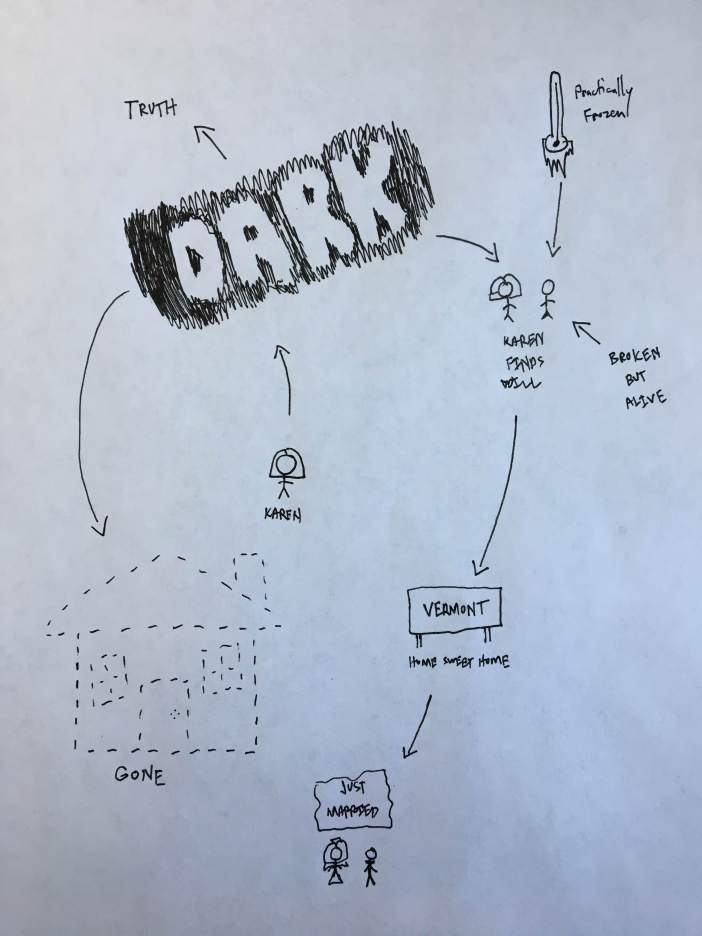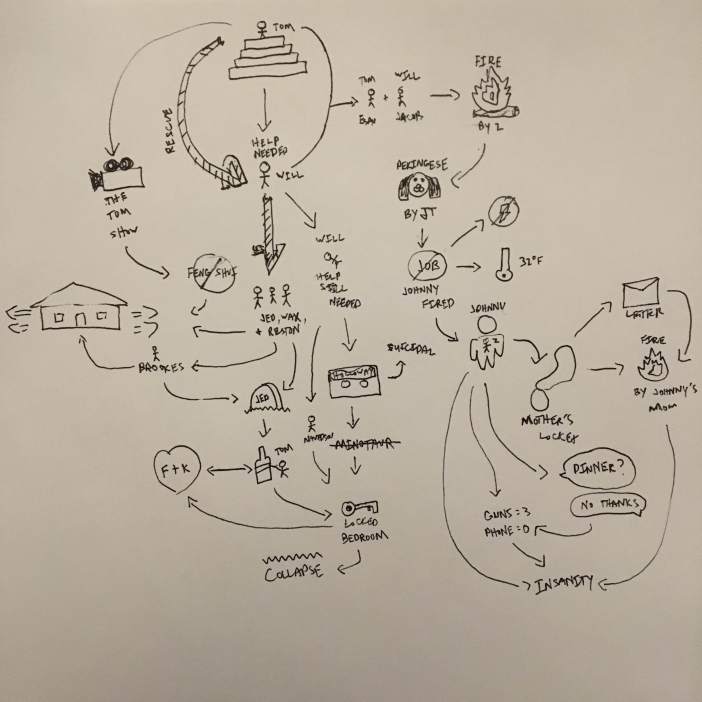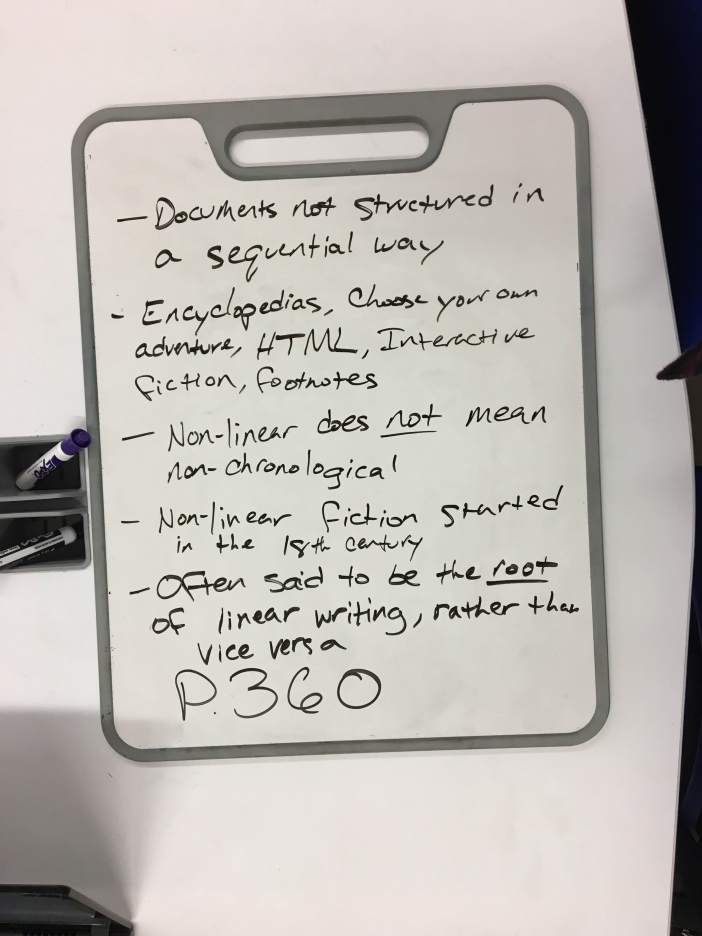Team Members: Jon Del Conte Allison Williamson Drew Stanke
Super Trump Man is a 2D sidescrolling action platformer. The game serves as a parody based off of the 1985 Super Mario Bros released on the Nintendo Entertainment System (NES). The player will play as the character Trump, who will embark on a journey to rescue Princess Putin. Like Mario, Trump’s primary method of defeating enemies is jumping. In addition to this, in-game power-ups will be available as the player advances to help enhance game play; a can of Hairspray will grant helmet hair and allow the player to be hit once without dying, similar to a mushroom in Super Mario Bros.; a stack of Money will allow Trump Man to throw balls of money to defeat mobs from a distance; and a Red Hat (Make America Great Again) will grant temporary invincibility. With these skills, Trump will work his way through nine worlds to fight the final boss in Washington D.C. The game is an adventure intent on satirizing the current political shift in American politics.
In order to reach the broadest and fastest growing market (Mobile Games 340), Super Trump Man is intended to be released for mobile devices. By being on mobile devices, players will easily be able to share their high scores, various other statistics, and achievements on social media. By adding a scoring system this will make Super Trump Man a non-zero-sum game (Game Theory 212) which will help to encourage community and competition among players. Super Trump Man is a action game (Game Genre 204) which includes fast paced challenges and will require the player to have a keen eye and quick reflexes.
A wide variety of NPC mobs (NPC 363), inspired by the multitude of people Trump has insulted and stepped on to reach his new position, and mini-bosses (NPC 363), inspired by political rivals and political opposition, must be navigated past or defeated in the same style as Super Mario Bros. Through and overworld map, players will be able to freely choose which levels in the game they complete in order to open up mini-boss fights. After the player defeats a mini-boss the heroic epic style narrative (Plot Types and Interactivity 395-6) of the story will continue to progress.
The use of 8-bit graphics will help to create a retro tone and feel in of the game that pays homage to the original Super Mario Bros. Additionally, this artistic style (Games as Art/Literature 220) provides a deeper level meant to satirize Trump’s calls to take America back to an unspecified time in history when it was great. Super Mario Bros marked a revival of the video game industry following the first “Great Crash” (Game History 210) much as Trump wants to be America’s revival.



